I have just spent an absurd amount of time trying to compare every single feature, hardware component, and menu option between the new Forerunner 965 and the existing Garmin Epix watch. Both are AMOLED display units, but spaced approximately 14 months apart, and from different Garmin divisions. And – mostly notably, up to $400 difference in price.
The Epix comes from the Outdoor division and is designed to be an AMOLED display mirror of the MIPS-based Fenix lineup. Whereas the Forerunner 965 comes from the Fitness division, and is designed to be an AMOLED display variant of the MIPS-based Forerunner 955. Of course, while these units are overwhelmingly similar, there’s also a slate of differences. Many of the differences you’d never notice, heck, I even learned of a few extremally miniate level differences. In fact, I think even Garmin doesn’t realize the extent of some of these quirks.
Overall, the biggest differences are actually the most obvious: Display size, case materials, and weight. The next reasonably easy to find set comes from a slate of differences in the golf features (yes, golf), multi-band GPS not on the Epix base edition, as well as custom map subscription options on the Epix. The third category are best described as ‘How to stump a reviewer’ category, which includes quirks on sleep display customization options, tidal glance options, or the uselessly silly fact that the Forerunner will put menu lists like sensors in alphabetical order, whereas Epix says nah.
In this post, I’ve chunked all the changes into four broad categories. Most of these are fairly self-explanatory, but a few are confusing AF. My goal for this post is to keep this simple and not over-explain, since I’ve already burned a dozen hours digging. The categories are:
– Hardware components (e.g. case/bezel/battery/etc…)
– Daily watch features (e.g. sleep, user interface, etc…)
– Sports features (e.g. sport profile options, sensors, functions)
– Mapping and navigation (everything focused on getting unlost)
In total, as of initial publishing, I’ve found 65+ differences. I say ‘plus’, I’m sure there are other things I simply haven’t found. Let’s begin!
Hardware & Component Differences:
The biggest differences between the two units are on the hardware side. In most cases, it’s fancier materials for the Epix. That makes sense because the Fenix lineup (which is effectively what the Epix is), is designed to be a premium watch. As such, it has premium components. Still, there two notable differences where the Forerunner 965 has the upper hand, especially compared to the base Epix model (non-Sapphire). The first is that the Forerunner 965 has a larger screen at 1.4” versus the smaller 1.3” on the Epix. The second is that the Forerunner 965 has multiband GPS, whereas only the Epix Sapphire editions have that. And finally, all FR965 editions have 32GB, whereas the base Epix only has 16GB (the Sapphire has 32GB).
The rest of the hardware differences are pretty self-explanatory till we get to battery life:
Here’s a little side-by-side gallery of the two:
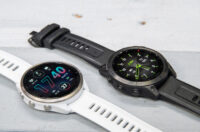

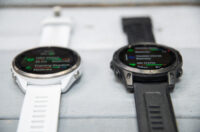
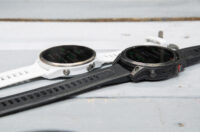
Next, there’s the battery life. Starting off with smartwatch based battery life, the Forerunner 965 actually claims to get better battery than the Epix. Again, this makes sense due to the tech being at least 14 months newer. In reality, the gap is even more than that. Garmin had been building and stock-piling Epix units for months prior to announcement. Whereas for the FR965, stock is almost non-existent at launch. Point being, there’s more efficient hardware in the Forerunner 965. Also, Garmin hasn’t updated their Epix specs with all the software-driven battery advancements since launch. So in reality, the Epix numbers are probably slightly better than this (which is what I saw in my review even back then).
You’ll notice that Epix does appear to handle better in GPS-only workouts (non-multiband, non-multi GNSS). GPS-only mode shouldn’t be used in deep forests or other tough GPS scenarios, but is great for more open areas (oceans, farmland, deserts, etc…). Also, Garmin hasn’t updated their Epix charts to show SatIQ timing. This came out this past summer, and Garmin really ought to add this to their Fenix 7 and Epix charts, because frankly it’ll dramatically boost their GPS numbers there (as it does on their other watches). SatIQ mode essentially let’s the watch dynamically (and instantly) change GPS/GNSS modes between multiband and non-multiband to get the most power-efficient and accurate GPS type for that moment in time. In now 9 months of testing across everything from the Alps to New York City I’ve found it virtually indistinguishable to forced multiband (which has a huge power hit).
Point being, with the exception of GPS-only mode, these two are actually pretty darn close in GPS times. As for charging, both watches support charging while in an activity – in case you need even longer times.
Daily Watch Features:
This is the category that is most close, though, visually, also most different. Feature-wise, things are nearly identical save one notable newish feature – the Jetlag Advisor. That was introduced on the MARQ series last fall, and then carried into the Epix & Fenix 7 lines in the last quarterly update. Here’s the overall table:
Instead, the main differences here are really around the user interface. What’s ironic is that since the Forerunner 965 announced, there’s been a lot of discussion on the ‘new UI’. Some Epix users are really upset that the Epix won’t be getting the new UI, while others dislike the FR965 UI. Either way, for better or worse, I think many are overthinking how different the new UI actually is.
The most obvious change is the stock watch face, but frankly, that’s not considered the new UI. That’s just…well…a watch face. Instead, the UI is the collection of fonts, menus, and styling throughout the watch. And while it’s different, it’s not dramatically so. In fact, almost everything is the same save some slanting of fonts. Here’s an example side by side (white is FR965, black is Epix):
Functionally, there’s almost no difference in terms of features except perhaps the GPS waiting screen, when you go outside and wait for GPS signal. The FR965 is undoubtedly better, though almost everything information-wise is actually displayed on both (except the FR965 also shows the time of day). Both iterate through a sequence of icons better seen in video to show effectively the same information.
But that’s kinda it. Again, I think a lot of folks are really overthinking the changes here, perhaps based on the watch-face being so different (which most people don’t count as the UI, since model watch faces are typically unique/specific to a given Garmin model, also…for better or worse).
The last two minor differences actually favor the Epix over the Forerunner 965:
Flashlight: Both units have software flashlights to turn the screen all white (or red), and at varying levels. In the case of the Epix though you simply double-tap the upper left button. Whereas the Forerunner 965 you have to assign a long-hold. It’s trivial, but I much prefer the quick double-tap in the middle of the night.
Touchscreen Sleep Settings: Next, there’s one additional menu item deep in the touchscreen settings, adding a ‘Sleep’ option. On the Epix, you can also outright disable the touchscreen during sleep (mode). Whereas on the FR965, that doesn’t seem to be the case. Keep in mind that the FR965 sleep mode still won’t respond to a touch anyway, unless you’ve hit a button first. So it’s kinda a wash. And even if it does respond to the button first then touch, it’s still at the lowest 25% sleep-mode brightness level. Again, this well into the sports-reviewer trivia level that I don’t think has any real-world implications.
Everything else between these two watches from a daily usage standpoint is identical.
Sports Differences:
Some of the most visible feature differences are in the sports category, especially if you’re a golfer. If you’re not a golfer, then it’s a bit more mixed. Some features currently favor the FR965, at least until the next quarterly update when the Fenix/Epix series will get these new software features. Yet other features favor Epix, such as more data fields per page and battery modes.
I do want to make one observation though: While Garmin has been working the last year to standardize on a quarterly firmware update release cycle that aligns these products together, the reality is they are made by different teams with different internal timelines and priorities. Each time the Fenix 7/Epix gets new features first, the Forerunner 955 people scream that “Garmin is ignoring us and loves them more!”, and then a few months later when the Forerunner 955 has gotten new features first, the Fenix 7/Epix people scream “Garmin is ignoring us and loves them more!”. Seriously, as has been demonstrated time and time again, these do almost always equalize out over time – and if you were to put all the cards on the table as to who is first, it’s almost a perfect wash. The same will undoubtedly be true for the Forerunner 965 going forward.
Now, here’s the table of sporting differences:
As you can see, the features just launched on the Forerunner 265/965 are still coming to the Epix/Fenix 7, slated for the next quarterly update. Though in reality, Fenix 7/Epix users can already see their Chronic Load and Training Load Ratio today in their Garmin Connect app on their phone (within Performance, under Training Load section).
Before we talk golf-related features, the single biggest difference many have noted is likely the data field support. While both units support virtually unlimited data pages and seemingly all the same graphical pages, one quirky difference is that the Epix supports 8 data fields per page, while the Forerunner 965 only support 6 data fields per page. That’s especially odd given that the Forerunner 965 actually has a bigger display:
This is one of those examples that I hope Garmin rectifies. If for no other reason than to quell the number of seemingly angry people about this. After all, it’s hardly logical. I mean, assuming you ignore than Epix is $400 more.
The next is messier, which is the sport mode differences. Here’s the list of Forerunner 965 sports as of March 8th, 2023:
Forerunner 965 Sport Modes: Run, Track Run, Ultra Run, Trail Run, Treadmill, Virtual Run, Indoor Track, Hike, Walk, Triathlon, SwimRun, Multisport Duathlon, Multisport Brick, Multisport Custom, Bike, Bike Indoor, MTB, eMTB, eBike, Cyclocross, Gravel Bike, Bike Commute, Bike Tour, Road Bike, Open water, Pool Swim, Strength, Cardio, HIIT, Yoga, Pilates, Elliptical, Stair Stepper, Climb Indoor, Row indoor, Floor Climb, Ski, Snowboard, Backcountry Ski, Snowshoe, Backcountry Snowboard, XC Classic Ski, XC Skate Ski, Row, SUP, Kayak, Tennis, Pickleball, Padel, Bouldering, Disc Golf, Golf, Breathwork, Project Waypoint, Health Snapshot, Other, Clocks, Navigate, Track Me, Map, Map Manager, Connect IQ Store
Additionally, the Fenix 7/Epix also has the following extra sport profiles (as of March 8th, 2023). I note the date because Garmin adds sport profiles each quarterly update. So if you find this post down the road and notice new sport profiles, drop me a note in the comments and I’ll update this table/date:
Additional Epix/Fenix only sport modes: Adventure Race, Tube, Surf, Kiteboard, Windsurf, Boat, Sail, Sail Race, Sail Expedition, Wakeboard, Wakesurf, Water Ski, Climb, Tempo Training (Golf), Reference Point, Jumpmaster, Tactical, Tides, Anchor (Boating), Expedition, HRV Stress
It’s a bit fuzzy to me why the Fenix 7/Epix has some added water sports, though some have speculated that it’s because of the higher water-proofing level of 10ATM versus 5ATM on the Forerunner 965.
Speaking of those price differences, the biggest area is actually in golf. This is one that Garmin has noted in the past that Epix/Fenix consumers are far more likely to be golfers than Forerunner users. While this is partially a self-fulfilling prophesy, I actually don’t have any problem with Garmin included a boatload of added golf features on the higher priced Fenix/Epix units. In this case, outside of mini-golf, I’m not much of a golfer, so I’ve taken the list from Garmin.com and consolidated it into a comparison table below:
Hopefully that makes sense for you small ball people.
Mapping & Navigation:
Lastly, we’ve got the mapping and navigation page. When the Forerunner 955 launched last summer, the number of differences here was much greater. But over the last 9 months the Forerunner team has worked specifically to close the gap, and as the Forerunner 965 has arrived, these differences are almost non-existent. Back then there were silly-annoying differences like the inability to double-tap to enable touch on a map on the Forerunner units, or, the that the Forerunner would reset the map zoom level every time you changed to a different data page (the Fenix/Epix kept the zoom level). These days, those issues are all gone.
I’ve used both units pretty extensively in mapping/routing adventures, and find them a wash in almost all scenarios. And looking at below, the singular notable difference you’ll see is the current inability to download Garmin’s newishly renamed Outdoor+ satellite image map subscription service. This was previously called Garmin Birdseye imagery (for the past decade+), plus other subscription map services for other map types. These were all extra paid map types that were pretty use-case specific. These are NOT the built-in TopoActive maps that both units have. Last month Garmin made it possible to download these Outdoor+ maps direct via WiFi to the Fenix/Epix unit without having to use clunky desktop apps. Also, currently Outdoor+ Maps have only launched for the US (I expect that to expand quickly, since previously Birdseye was available everywhere).
There’s also reference point mode. This is a feature that only 6 of you have ever used, likely accidentally. Basically it’s a widget that lets you lock a compass heading/point, and then navigate in relation to it. For 99.9999999% of you (including me), you’re going to use either pre-planned courses, on-demand route/courses, or simply saved waypoints.
As you can see, these days the mapping/navigation features are very close to being converged, and hopefully that’s a trend that continues.
Wrap-Up:
When it comes to which watch to choose, it’s likely the biggest factor here will first be hardware style or budget. Beyond that, you’d want to decide which features are most important to you. If you don’t care about golf or subscription satellite map services, then the Forerunner 965 will likely fit the bill just fine. Inversely, if you really want some of the extra sport modes, or fancier hardware – then the Epix is the best bet.
Having used both devices recently, and then beyond that both families of devices for quite a while, for my needs I’m happy with either one. I’ve personally long-preferred lighter-weight watches like the Forerunner 955, but then concurrently, I also prefer the AMOLED screen seen on the Epix previously. Thus for me the Forerunner 965 effectively combines the best of those worlds together. I don’t golf, nor do I have a boat for some of the watersports involved there. But again, that’s just my personal preference.
You can always dig into the full reviews of either device here:
– Garmin Epix In-Depth Review
– Garmin Forerunner 965 In-Depth Review
With that – thanks for reading!
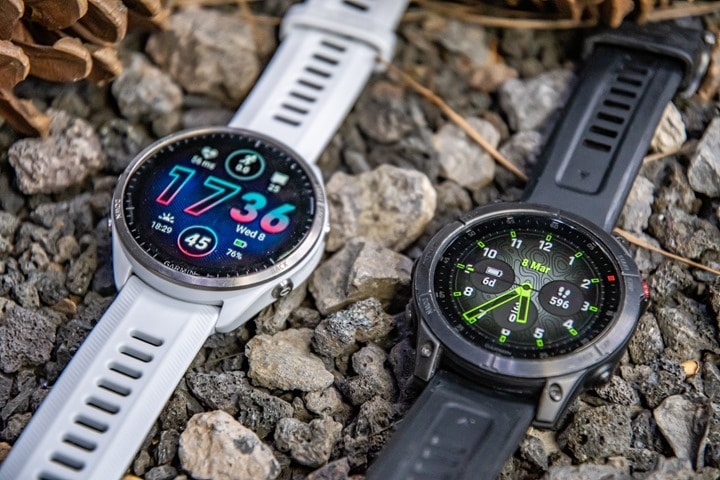
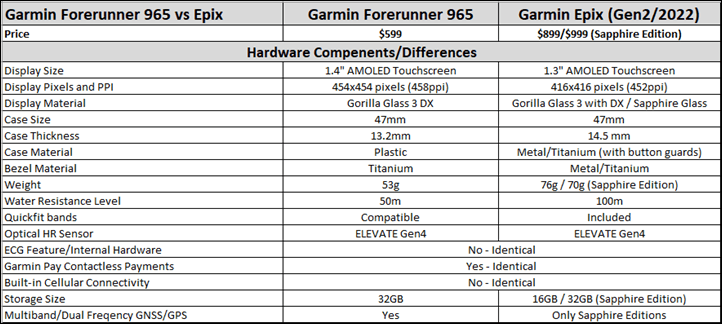

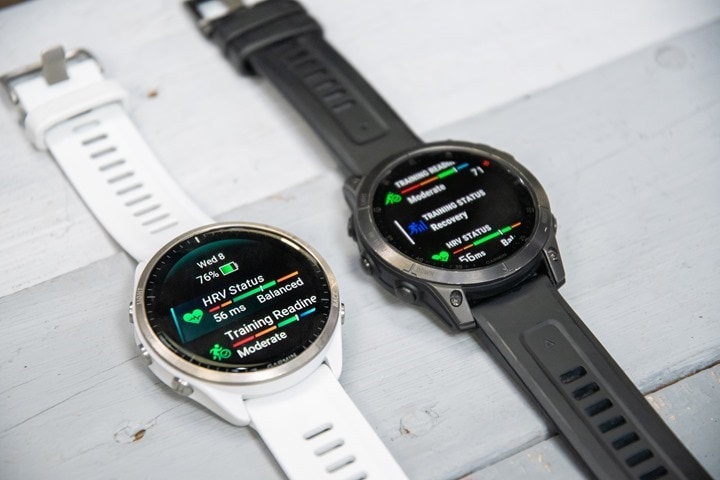

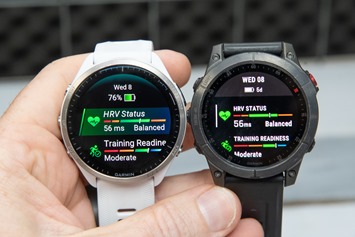
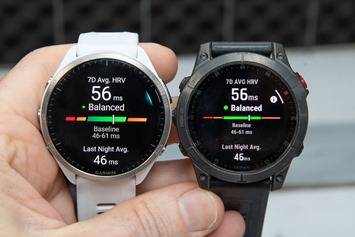
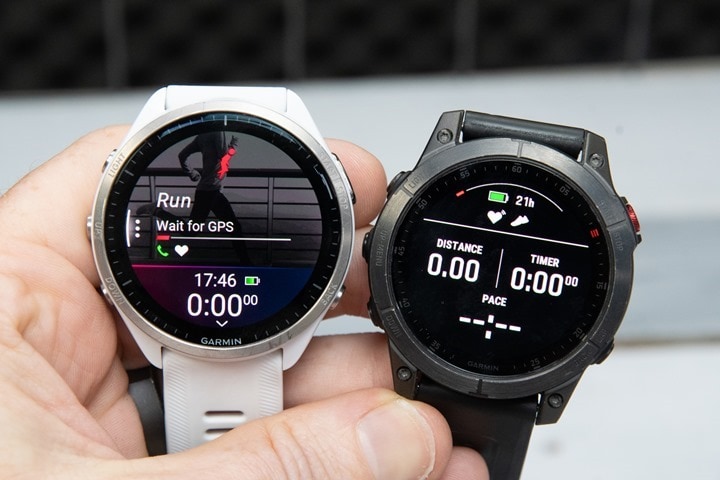
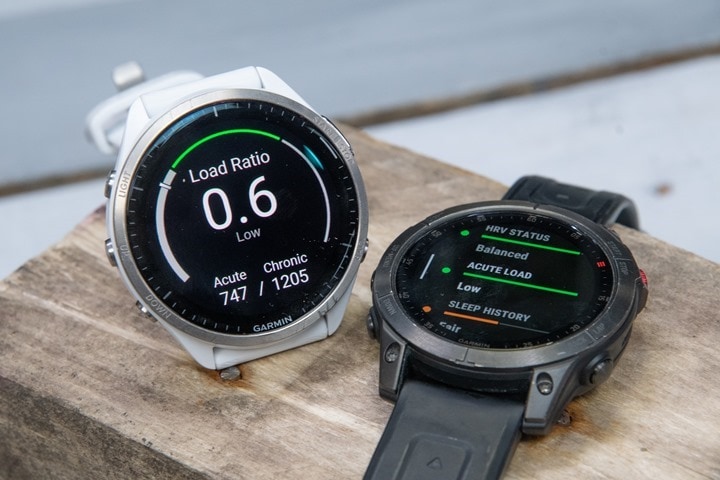

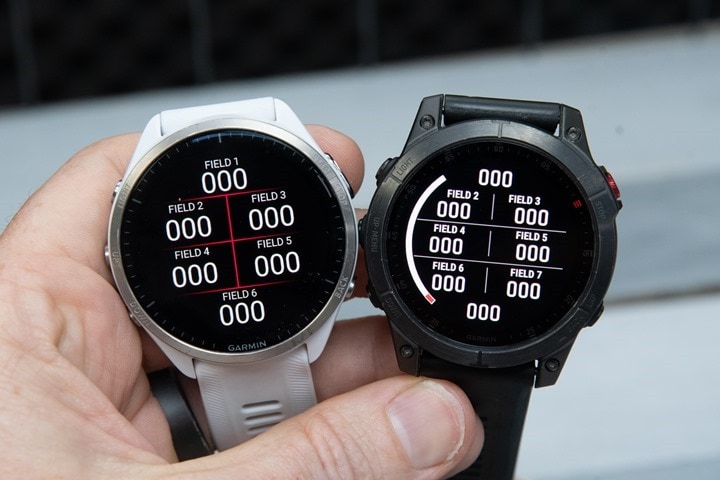
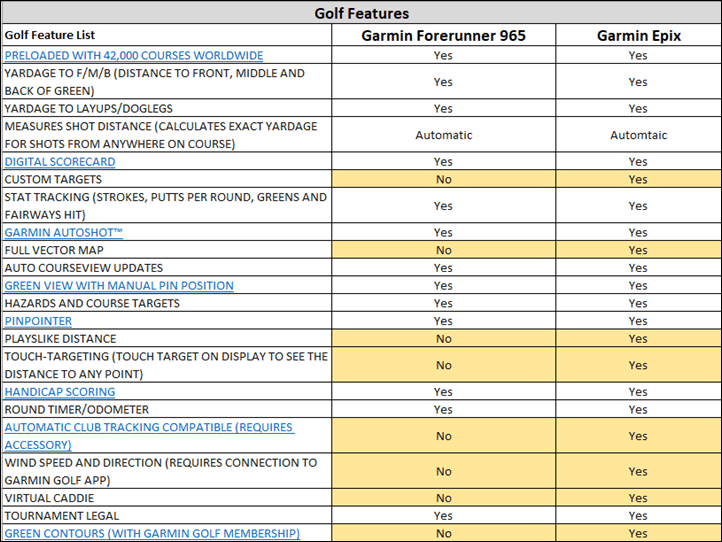
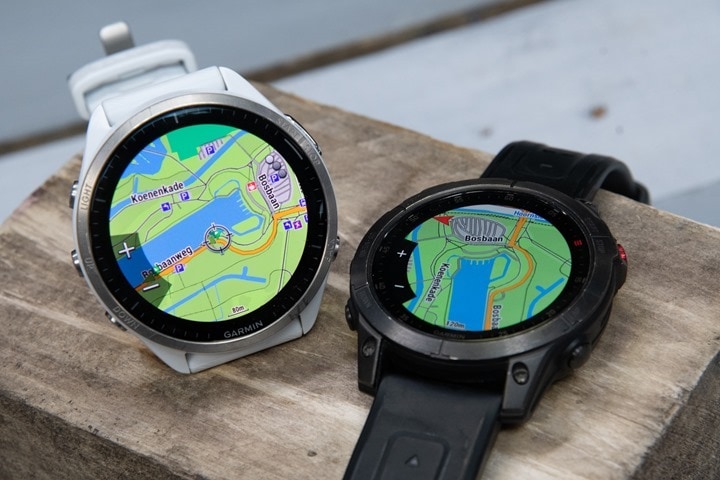
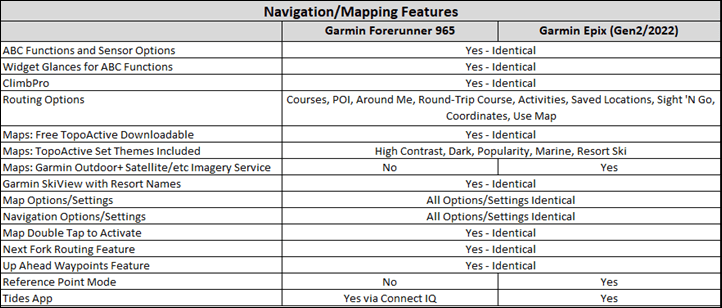
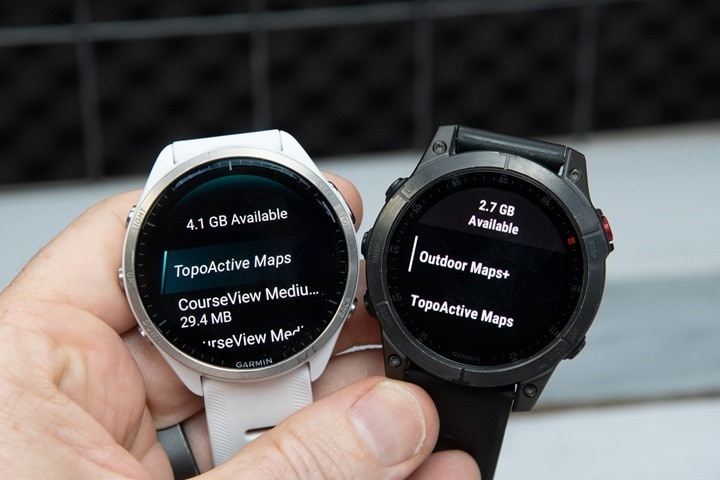
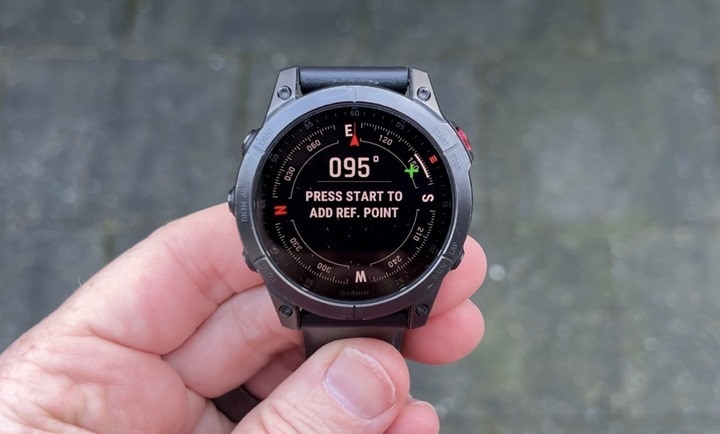
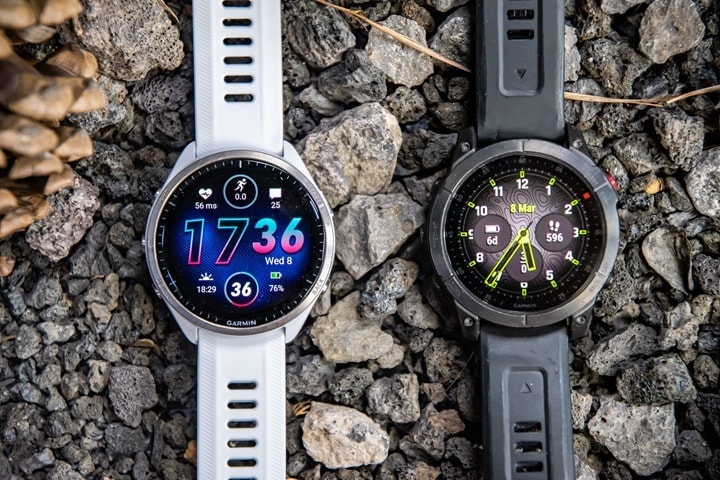

0 Commentaires